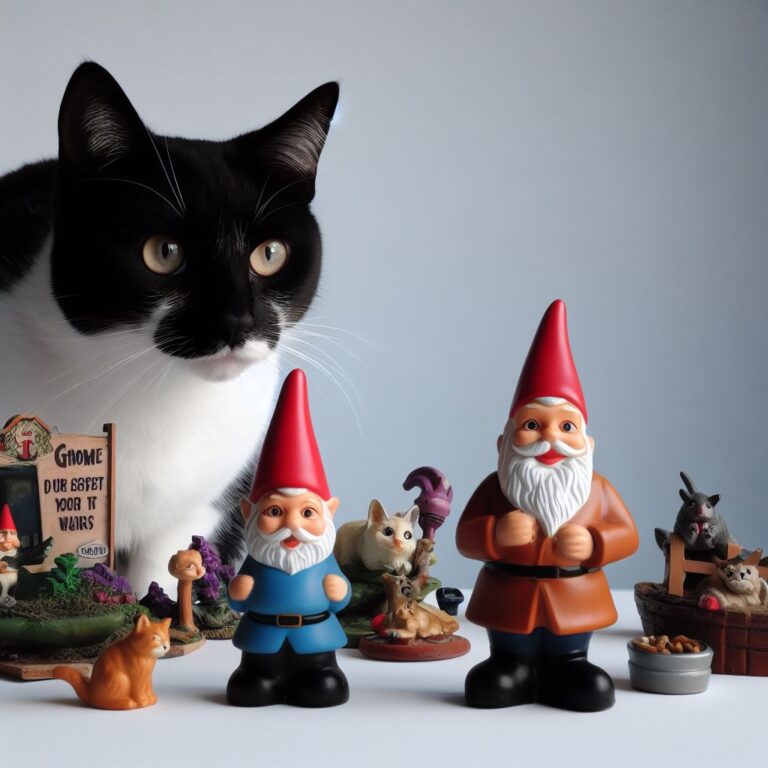Gnome vs Elf: What’s the difference?
When it comes to fantasy literature and folklore, creatures like gnomes and elves have captured our imaginations for centuries. But what sets these magical beings apart? In this article, we’ll explore the intriguing world of gnomes and elves, their characteristics, and the key differences between them.
Origins and Mythology
Gnomes and elves have their roots in different mythologies and cultural traditions. Gnomes, originating from European folklore, were believed to be earth elementals associated with the earth and subterranean realms. Elves, on the other hand, have origins in Germanic and Norse mythology and were often depicted as ethereal beings connected to nature and forests.
Physical Appearance
Gnomes and elves differ significantly in their physical appearances. Gnomes are often depicted as small, stout creatures, usually around 1-2 feet tall. They have long white beards, pointy hats, and are known for their craftsmanship. Elves, on the other hand, are typically taller and more slender, often described as graceful and beautiful. They are known for their pointed ears and enchanting, otherworldly presence.
Dwellings and Habitat
Gnomes and elves have distinct preferences when it comes to their habitats. Gnomes are associated with the earth and are often believed to dwell underground, in cozy burrows or hidden hollows. They are considered guardians of the natural world, caring for the flora and fauna around them. Elves, on the contrary, are closely tied to forests and woodlands. They are believed to live in elegant treehouses or hidden enclaves deep within the forest, blending seamlessly with their surroundings.
Personalities and Temperaments
While gnomes and elves share a connection to nature, their personalities and temperaments differ. Gnomes are known for their industrious nature and love for tinkering and inventing. They are often depicted as mischievous but benevolent creatures, willing to lend a helping hand to humans who show respect for the natural world. Elves, on the other hand, are often portrayed as wise, ethereal beings with a deep understanding of magic and nature. They can be enigmatic and reserved, keeping their distance from humans.
Cultural Depictions
Gnomes and elves have made their way into popular culture through various mediums. Gnomes are often associated with gardening and are depicted in whimsical garden statues or as characters in children’s books. They are known for their association with the seven dwarfs in the classic tale of Snow White. Elves, on the other hand, have been immortalized in epic fantasy literature, such as J.R.R. Tolkien’s “The Lord of the Rings,” where they play significant roles as noble and powerful beings.
In the realm of fantasy and folklore, gnomes and elves hold a special place, captivating our imagination with their distinct characteristics and enchanting allure. While gnomes are earthy, industrious creatures tied to the underground, elves embody grace, wisdom, and a deep connection to nature. Understanding the differences between these mythical beings adds depth and richness to the fantastical worlds they inhabit.







